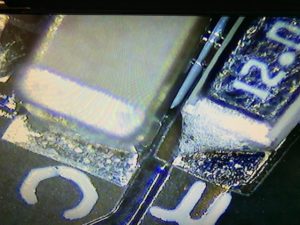SMT Non-Wetting Issue
Non-wetting can be defined by saying it has the inability of molten solder to form a metallic bond with the base metal. This makes it so the PCB pads or the component’s terminals not catching the solder during the reflow process.
 Dewetting is a condition that results when molten solder coats a surface and then recedes leaving irregularly-shaped mounds of solder separated by areas covered with a thin film of solder and with the base metal. The surface finish is not exposed.
Dewetting is a condition that results when molten solder coats a surface and then recedes leaving irregularly-shaped mounds of solder separated by areas covered with a thin film of solder and with the base metal. The surface finish is not exposed.
Dewetting is usually referring to alloy solder joints that are not being extended to PCB pads, so they do not obtain a good solder joint fillet. Dewetting directly impacts the quality of solder joints.
Main Causes:
- The PCB pads or the component‘s pins are oxidized. An oxidation layer prevents contact between the solder and the surface plating layer.
- The soldering temperature is not high enough. Compared the SnPb solder , the melting point of lead-free solder alloy is higher and more difficult to wet.
- The solder paste has expired, so its flux is inactive.
- The plating thickness is too thin which less than 5 micron.
Main Fixes:
- Pay close attention to the storage environment of PCB or the components. Ensure they meet the standards especially with regards to temperature and humidity.
- Don’t use a PCB that has been in storage for more than 1 year without any protective cover sheet.
- Take board and dipped it in 2% sulfuric acid for 2 to 3 minutes (to remove tin oxide) and to overcome tin migration and re-solder, hot air leveling the board.
- Don’t use expired solder paste.
